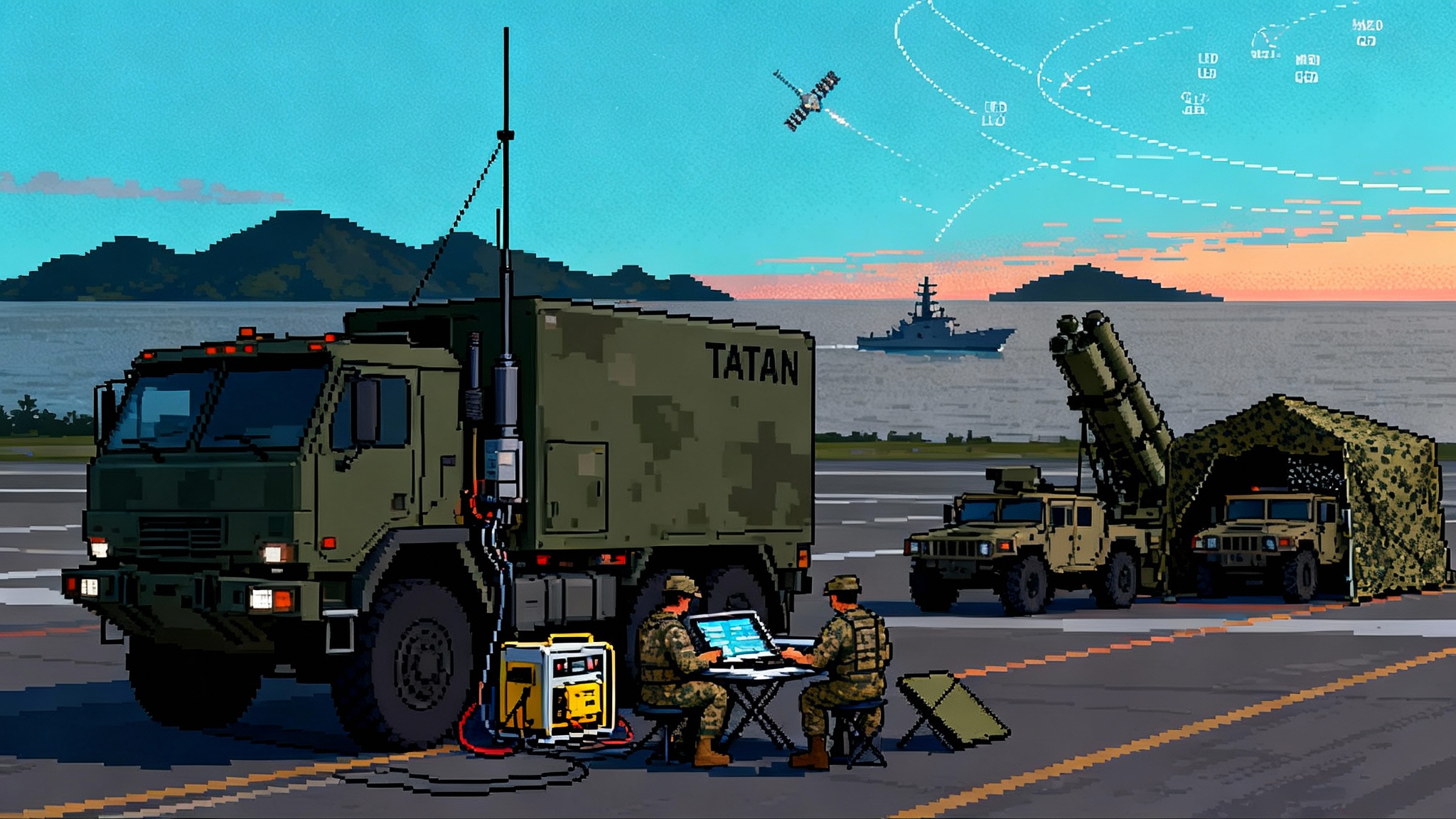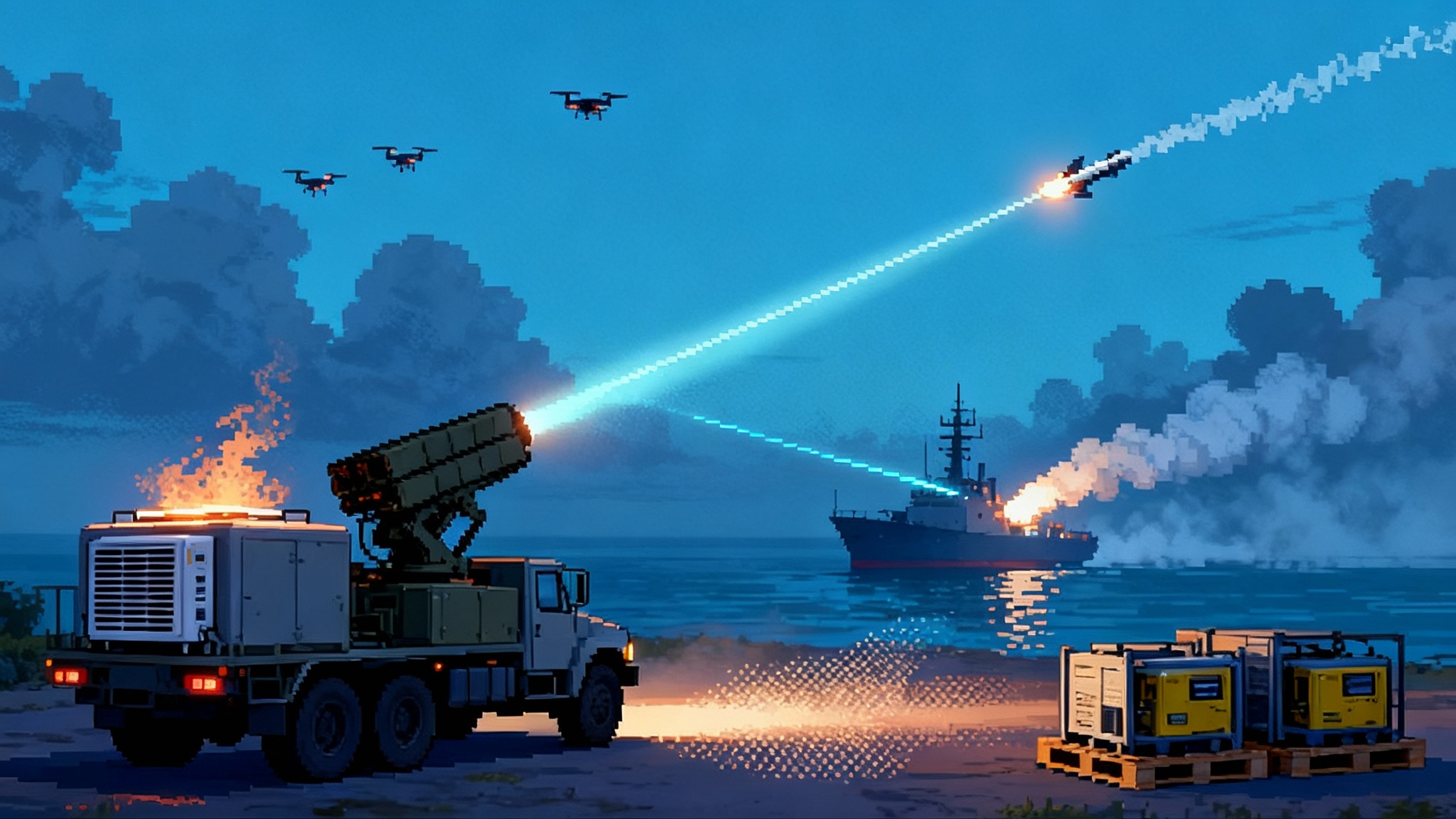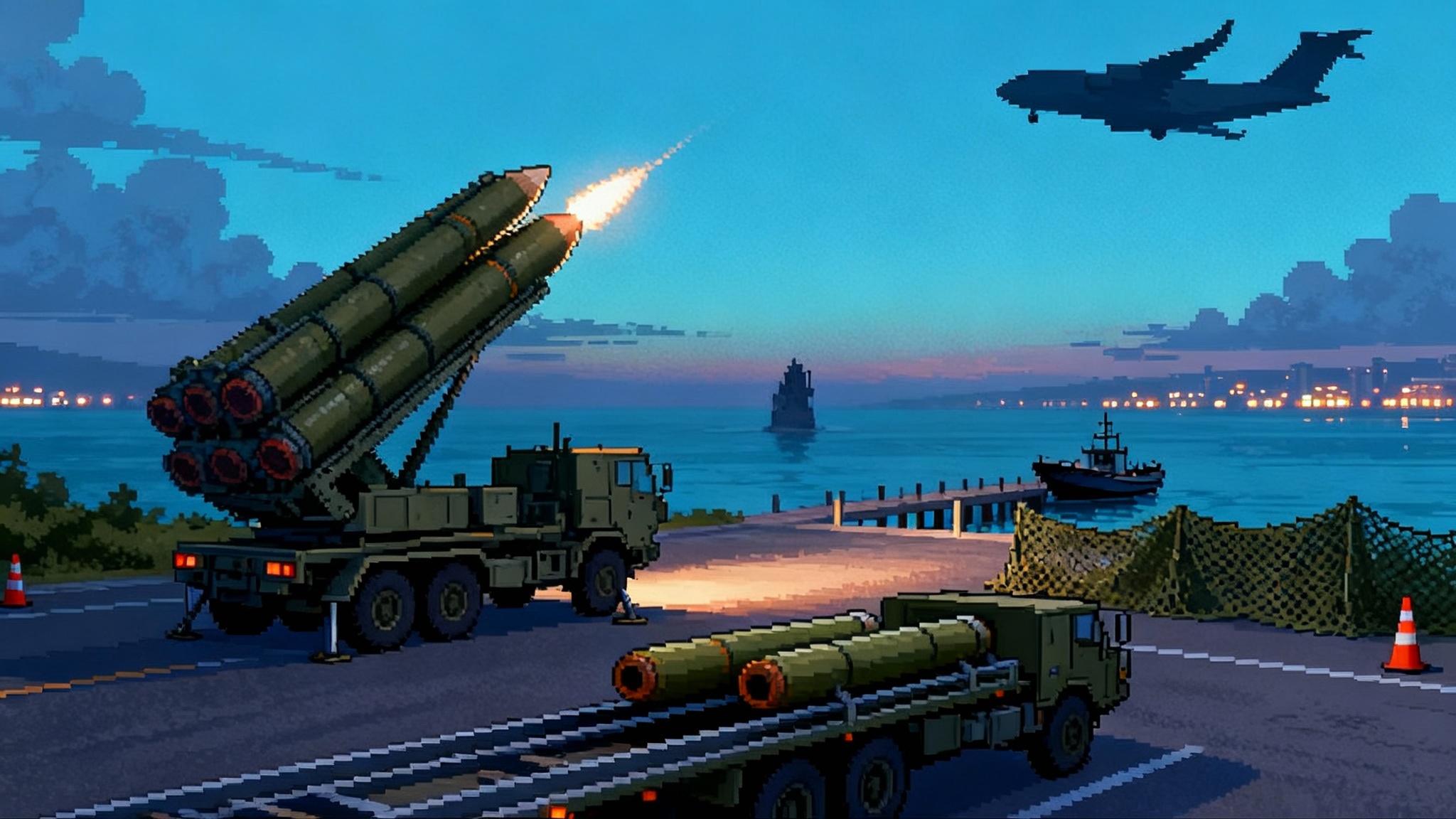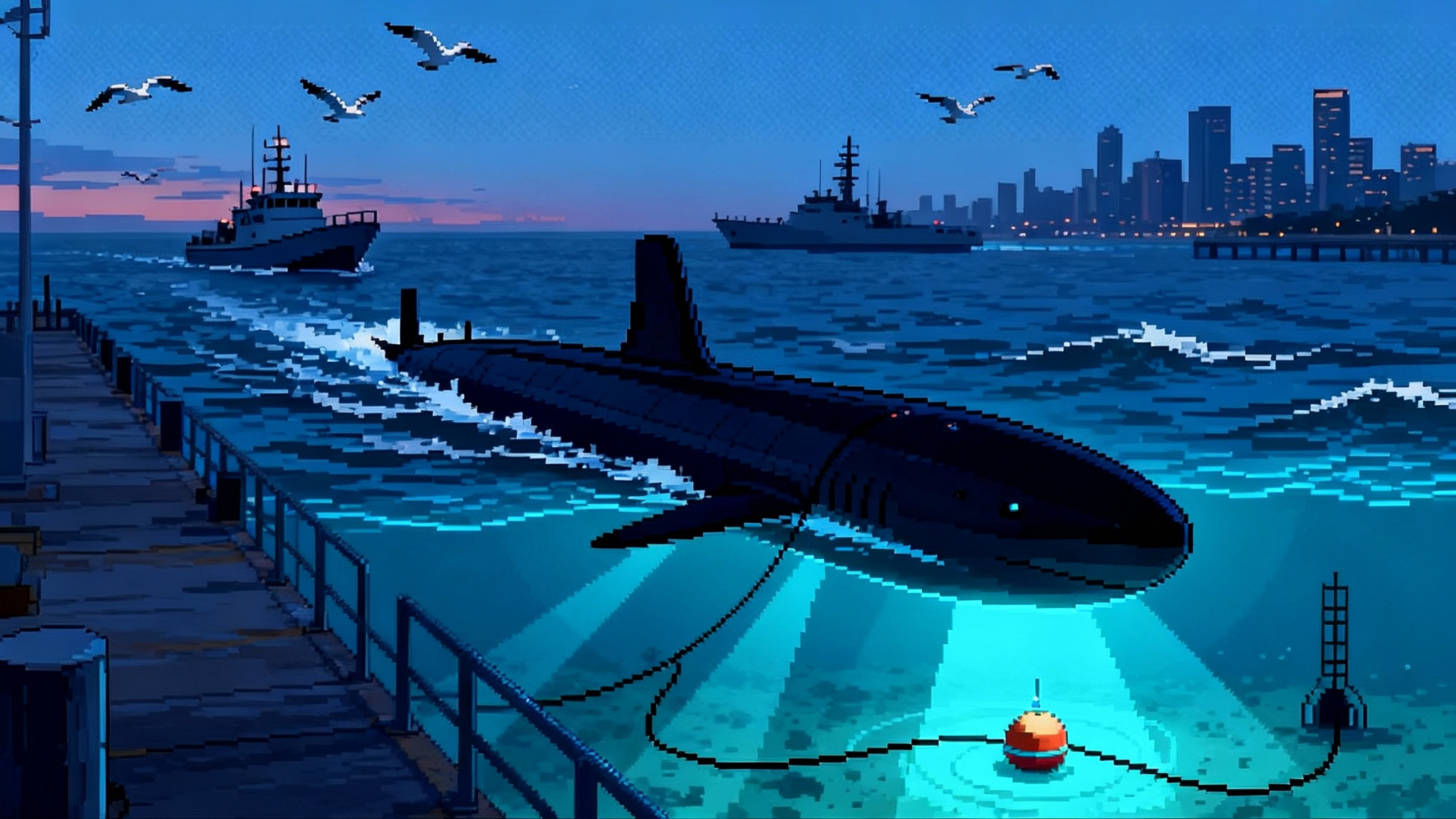Launched Effects Make Apaches and Black Hawks Drone Arsenals
After August 2025 soldier demos and a new Sikorsky contract, the Army is moving Launched Effects from trials to fielding. Pods on Apaches and Black Hawks will push sensing, targeting, and strikes forward at standoff ranges, with Apache v6.5 and a federated Black Hawk package primed for 2026.
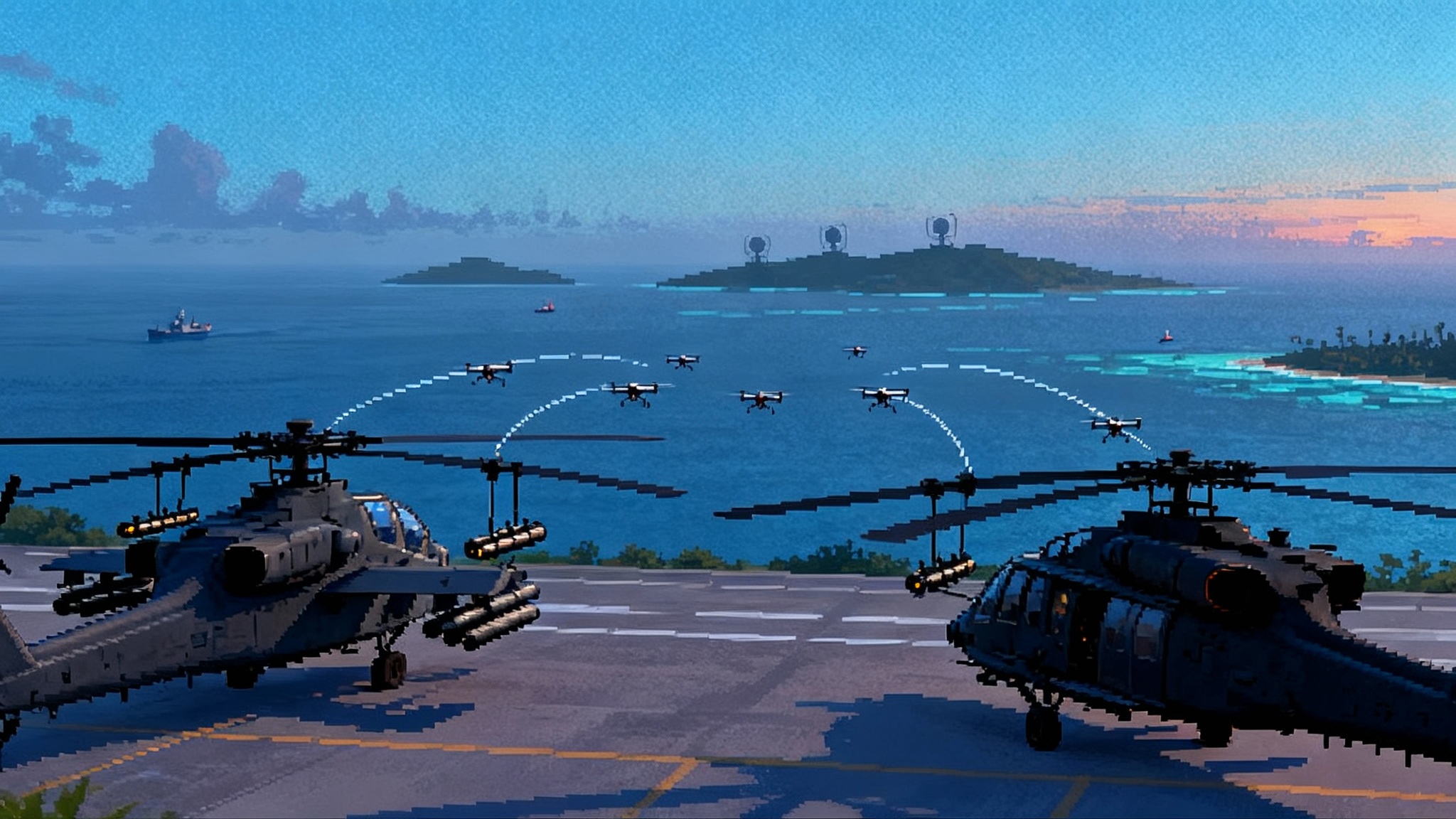
From demo to deployment
On a warm August morning at Joint Base Lewis-McChord, soldiers lined up launch tubes, checked batteries, and watched small aircraft leap from helicopter pods into the sky. That scene marked a turning point. Between August 4 and August 22, 2025, the Army ran Launched Effects Short-Range special user demonstrations that let operational units fly systems like Altius 600, Coyote, and Atlas in the field, not just in test videos. The result was less a tech trial and more a rehearsal for a new way of fighting. See the Army’s recap of the LE-SR special user demos for dates, systems, and units involved in the event, which it called a modernization milestone for operational forces in late 2025. Army recap of LE-SR demos.
Days later, the idea of turning legacy helicopters into drone arsenals got a budget and a schedule. On August 20, 2025, Sikorsky announced an initial 43 million dollar Army contract to give Black Hawks a digital backbone and to integrate Launched Effects as a near-term priority, with a federated capability targeted for 2026. That contract did not just keep the UH-60 relevant. It set a path for the platform to deploy drones and other effects from pods while remaining outside the enemy’s direct fire envelope. Sikorsky’s August 20 contract.
For readers tracking autonomy across the force, Anduril’s Altius lineage connects to broader unmanned teaming trends described in Anduril robot wingmen.
What exactly are Launched Effects
Launched Effects are small, affordable air vehicles carried on another platform and ejected from a tube or pod when needed. Think of them as a pocket knife for the commander. You pull out the blade you need: a camera for reconnaissance, an electronic ear for signals intelligence, a radio relay for communications, or a warhead for a precision strike. Unlike a large drone that must fly the whole route and risk detection, a helicopter or ground vehicle can sprint to a safe release line, pop off a handful of effects, and immediately pull back, letting the small aircraft flow forward to do the dangerous work.
In the Army demonstrations, soldiers used:
- Altius 600 from Anduril Industries for long endurance sensing and targeting. It can carry different payloads and is optimized for tube launch.
- Coyote Block 3 from Raytheon for both sensing and kinetic options, including variants designed to chase other drones.
- Atlas from AEVEX as another modular, tube-launched option for unit-level reconnaissance.
Each of these rides in common launch tubes that can be clustered into pods. The effect is practical and scalable. A helicopter crew that once had to choose between fuel and rockets can now bolt on a pod and carry a dozen sensor sorties or a mix of sensors and loitering munitions, selected by mission planners like loading different apps onto a phone.
Pods on wings and doors: how Apaches and Black Hawks carry them
Two airframes will carry most of the near-term load.
- Apache attack helicopters mount pods on the stub wings that normally carry missiles and rockets. The crew can launch effects one by one, observe their feeds in the cockpit, and pass tracks to other aircraft or ground units.
- Black Hawks can fit podded tubes near the cabin doors or along the fuselage, with crews or mission systems operators releasing effects while the aircraft remains outside the threat ring.
The pod itself is simple. It clusters several sealed tubes, each holding a small aircraft with folded wings. Pressurized gas or a small charge pushes the effect clear of the aircraft, wings pop out, and the drone begins its mission. Pods can be swapped out in minutes. A unit can load a high-endurance reconnaissance set for day one, an electronic warfare mix for day two, and a loitering strike set when the scheme of maneuver calls for it. The point is flexibility at the edge without hauling a trailer of different drones.
Why this matters for the Indo-Pacific
In the Indo-Pacific, the tactical map stretches across island chains, straits, and long water gaps. Adversaries build integrated air defenses on shorelines and maritime features. They move sensors on small craft. They jam and spoof signals. Helicopters still matter here, but they must respect the geometry of modern air defenses.
Launched Effects shift the geometry. A Black Hawk or Apache can hold at standoff behind terrain or over water and seed the battlespace with distributed eyes, ears, and teeth. Picture a littoral fight along an island chain. Two Apaches and a Black Hawk hover behind a ridge. They launch eight effects. Two climb to relay communications. Two loiter low to map emitters. Two carry cameras to hunt mobile missile launchers. Two carry small warheads to finish a target of opportunity. The crew watches the pattern unfold on their displays and passes precise target coordinates to a missile battery or a ship. The helicopters never cross the shore.
This is not theory in a slide deck. It is a way to restore surprise and tempo against modern sensors. It makes helicopters useful earlier in a campaign, when defenses are thickest, and sustains them later by preserving airframes and crews. For context on long-range fires in the region, see land-based sea strike.
Apache Version 6.5 makes the cockpit a gateway
Apache Version 6.5 is a software and systems update that unifies the fleet on a common baseline and opens the door to faster integration of new payloads and data links. For crews, the practical changes are visible in the human-machine interface and in the way the aircraft talks to other systems. Version 6.5 improves networking and manned-unmanned teaming so that an Apache can field a mixed formation of small air vehicles, manage their feeds, and pass targeting data quickly to the ground and to other aircraft.
The headline is not a single widget. It is that Apache crews can treat Launched Effects like a maneuver element they command from the cockpit. The aircraft becomes an airborne router and a sensor fusion node. That is how you build a kill chain that is fast, resilient, and hard to jam. For how this plugs into the broader data architecture, see AI target fusion.
Black Hawk goes federated in 2026
Sikorsky’s modernization path brings a digital backbone to the UH-60 that supports a modular open systems approach. The result is a federated Launched Effects capability. Federated means the helicopter can host mission apps and pods from different vendors without a bespoke rewiring each time. For the crew, that translates to load the pod, load the software package, run a built-in check, and fly.
The August 20, 2025 contract funds the first step. Engineering and software work will deliver a common architecture and interfaces that make integration routine. The company and the Army have stated a goal to deliver a federated Black Hawk capability in 2026, which aligns with how fast units want to adopt Launched Effects after the 2025 user demos.
How tactics change: air cavalry, remixed
Air cavalry learned to find, fix, and finish with scouts and shooters working together. That logic remains, but the scouts are increasingly robotic and expendable.
- Find: Launch a pair of Altius 600s to sweep a valley for emitters and movement. One flies high to relay communications. The other snakes the river line to look for camouflaged vehicles. A Coyote variant watches the sky for enemy drones.
- Fix: Use signals from the effects to geolocate a radar. Cross-cue a second effect with an electro-optical payload. Share the coordinates with a long-range fires unit.
- Finish: If commanded and approved, a loitering effect strikes the radar directly. Or the helicopters call in ground or maritime fires while the effects stay in the area to provide battle damage assessment.
- Fade: Launch a cheap decoy effect to pull a surface-to-air missile shot away from the manned aircraft as the team egresses.
The difference is risk distribution. The aircraft remains outside the lethal engagement zone. The risk shifts to a set of 30 to 100 pound air vehicles that the unit plans to lose at a manageable cost.
What the pods carry
Pods are less about the tubes and more about the menu of payloads that can be swapped in and out. A commander can choose:
- Imaging sensors to classify targets. Think long-range electro-optical and infrared cameras.
- Signals intelligence payloads to detect emitters and map threat networks.
- Electronic warfare modules to jam adversary drones or blind a search radar for a few minutes during a breach.
- Communications relay payloads that turn a valley of dead zones into a usable network.
- Kinetic payloads for pinpoint strikes on radars, air defense launchers, or high value vehicles.
- Decoy payloads that mimic a helicopter’s signature to force the enemy to waste a missile.
Because tube-launched effects are smaller than traditional drones, units can carry enough to stack these roles. That turns an Apache flight into a multi-tool rather than a single hammer.
Industry moves that matter
Three companies were front and center in the 2025 user events. Anduril’s Altius 600, Raytheon’s Coyote Block 3, and AEVEX’s Atlas all operated with soldiers. Each has a line of payloads and an upgrade path. The next phase is not just better drones. It is better interfaces.
- Modular open systems: The digital backbone for Black Hawk and the software architecture for Apache v6.5 both aim to make payload swaps and vendor diversity routine. Units get competition and faster upgrades without waiting years for integration.
- Training and simulation: Effects need operators who can plan, launch, retask, and recover under stress. Expect more tablet-based trainers in line units and full mission simulators that include effects management in the cockpit workflow.
- Sustainment: Pods and tubes are consumables. Units will set reorder points and shelf life checks like they do for flares and batteries. Vendors must harden storage, shipping, and quick-turn reloading to match field tempos.
Risks and how to manage them
Any shift this big comes with challenges. The key is to turn risk into checklists.
- Electronic warfare: Effects are smaller and often less powerful than full-size drones. They can be jammed. Units should plan frequency agility, preplanned route options, and handover procedures when links degrade. Multi-path networking that routes through another effect or a shipboard relay reduces single points of failure.
- Attrition: The Army must accept a consumption model. Leaders should budget per effect, not per aircraft. Commanders should plan sorties as packages that assume some losses. The payoff is keeping a pilot and a 35 million dollar helicopter out of a missile’s basket.
- Deconfliction: As more effects fly, traffic management matters. Units should publish altitude gates and timing windows for effects, with simple graphics that every aircrew and fire support team understands.
- Logistics: Pods, tubes, and batteries need storage discipline. Make resupply as easy as handing over rocket pods. Quick change mounts and color-coded harnesses help crews reload in the dark.
What to watch between now and 2026
- Apache aircraft demonstrations: With Version 6.5 in hand, watch for live aircraft demos that show effects management alongside weapons employment. The most convincing proof will be compressed kill chains from first detection to fires.
- Black Hawk federated capability: The stated goal is a 2026 federated package. Expect early fielding to units that operate in littorals and mountain terrain where standoff and altitude are valuable. Look for quick iterations as crews find the best pod locations and software workflows.
- Mix and match payloads: The near-term tipping point will be when units stop thinking in program names and start thinking in effect stacks: camera plus jammer plus decoy on one launch cycle.
- Cost per effect: The Army will pressure vendors to drive cost down so commanders can launch more. That means simpler tube standards, reusable elements where it makes sense, and batch buys across services.
The bottom line
The Army is not waiting for a brand new fleet to fight in a contested theater. With Launched Effects, its Apaches and Black Hawks become the quarterbacks of small, smart, and expendable teammates. The August 2025 user demos showed soldiers can use them. The August 20 contract gave Black Hawk a path to plug them in at scale by 2026. Apache Version 6.5 makes the cockpit ready to command them. In the Indo-Pacific, where distance and denial define the map, that is a concrete way to push sensing, targeting, and strikes forward while manned aircraft stay out of reach.
The interesting part is not the drone itself. It is how a tube on a wing and a few lines of code turn legacy airframes into flexible arsenals that can reshape the first hours of a fight. That is a breakthrough you can measure in minutes saved and miles avoided, not just in specs on a slide. And it is how air cavalry learns a new trick that still honors the old mission: find first, strike first, and live to do it again tomorrow.
